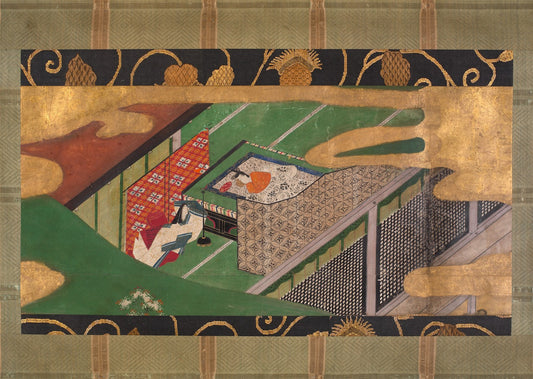Feature image: The Great Sphinx of Giza photographed in May 2015 via Wikipedia
The Great Sphinx: Today
Every year, thousands of tourists flock to witness Egypt’s most significant attraction, The Great Sphinx of Giza, one of Egypt’s iconic and historical architectural statues. Around the world, it has become a symbol of Egypt’s cultural tourism, with facsimiles appearing at the Luxor in Las Vegas, Nevada. Tragically, the Great Sphinx of Giza has been affected by its environment. Environmental issues such as erosion and aggressive wind have damaged the monument throughout the past centuries. The Great Sphinx itself has changed and shifted due to these forces. In 2023, researchers at New York University investigated the causes of erosion and wind speeds. The damage of erosion to the Great Sphinx is yet another example of the deleterious effects of climate change.

The architecture of the Great Sphinx, with its pharaoh head and lion body, is unmistakable. The statue, carved out of limestone, stands 66 feet tall and 240 feet long. It sits upon the sands of Giza, Egypt. The Great Sphinx was built during the reign of Khafre in the 26th century BCE. Sphinxes are of great cultural and mythological significance throughout Egyptian history and were “intended to serve as a symbol of the pharaoh’s divine right to rule.” The Great Sphinx of Giza is thus essential to Egyptian culture.

According to National Geographic, “erosion is the geological process in which earthen materials are worn away and transported by natural forces such as wind or water.” Erosion has slowly worn away the originally smooth face of the Sphinx over the millennia since its construction. At an unknown time, at least 500 years ago, the nose on the face of the Sphinx was removed. Though erosion is a naturally occurring phenomenon, air pollution and global climate change have accelerated this process, reshaping the Sphinx at an increasingly faster pace.

Scientists from New York University have been investigating the details of the Sphinx’s erosion. NYU’s Applied Mathematics Laboratory “explored whether the high-speed winds that blew against natural rock formations could have shaped the monolith.” The team “recreated yardangs—ridged landforms resulting from wind or dust abrasions, and commonly found in arid landscapes—which they believe served as a base from which the Sphinx was sculpted.” These yardangs are believed to behave similarly to the Sphinx in the face of erosive winds. The efforts of these academics helped decipher how climate change and high-velocity winds have formed and reshaped the Sphinx.

The Great Sphinx of Giza is an impactful and vital monument for Egypt because it represents historical Egyptian culture. The Great Sphinx was built thousands of years ago, but the Egyptians built the memorial to last so their culture could carry on for centuries. However, the natural process of erosion, accelerated by the looming specter of climate change, threatens to shorten the lifespan of this iconic, ancient work of art.
©ArtRKL™️ LLC 2021-2024. All rights reserved. This material may not be published, broadcast, rewritten or redistributed. ArtRKL™️ and its underscore design indicate trademarks of ArtRKL™️ LLC and its subsidiaries.





